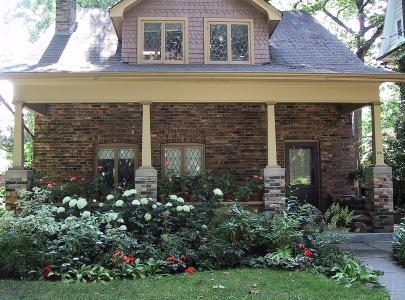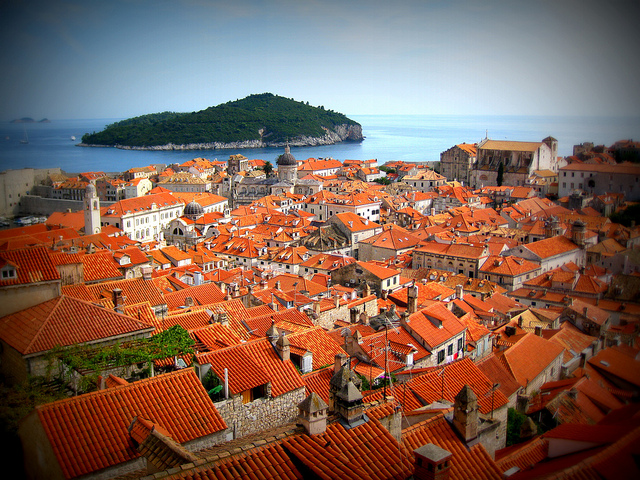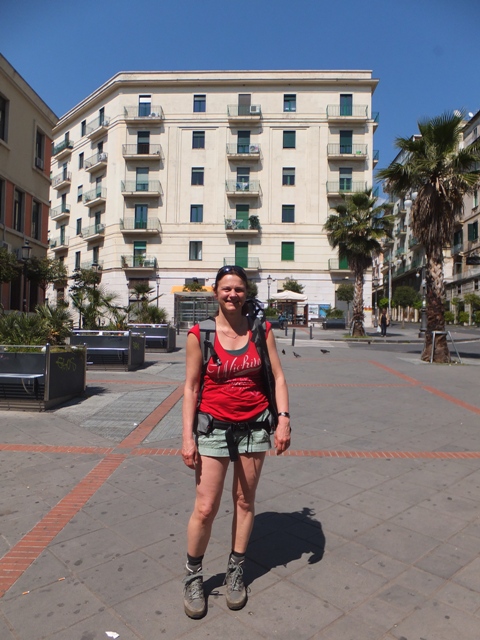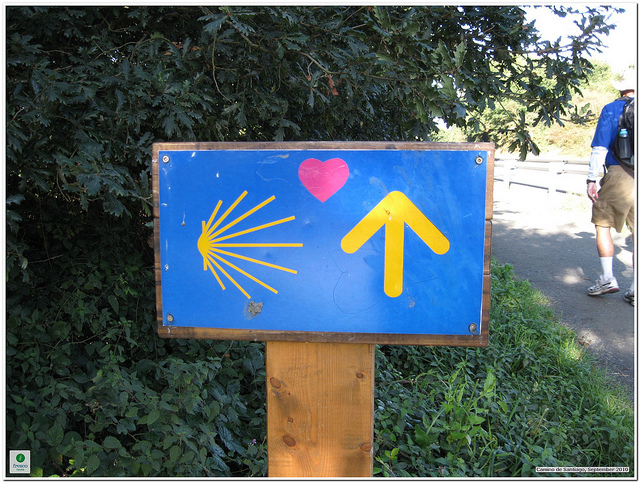Lucille finds inspiration in daily life and constantly looks at relationships of one colour to another, texture, line and pattern, values and intensities. While weaving, she is intuitively considering light reflection, rhythm and repetition, emphasis, balance and proportion while experimenting with new harmonious colour combinations.
“Although I work long hours it is creative, it is inspiring to put my ideas out there in terms of colour and design. I get up every morning and love what I do.” But Lucille admits that it took her a long time to get to this level of success. Today her brilliantly coloured jackets are highly coveted fashion items, and her customers often wait several months for Lucille’s creations. Her special artistic craft was honoured when she was inducted into the Hall of Fame at the One-Of-A-Kind Craft Show, a popular trade show for unique arts and crafts, held twice a year in Toronto.
Lucille and I went upstairs where three of her rooms are dedicated towards her craft. The smaller loom is set up in a room with hundreds of cones of yarn, all organized by colour, which presented quite a beautiful arrangement by itself. Lucille explained that with the Leclerc loom, bought in Canada, she uses up to 20 shuttles (the longitudinal pieces of wood that are moved horizontally across the vertical threads, creating a fabric one row at a time) for one jacket. Each bobbin in the shuttle can be set up with a different colour and as a result, Lucille can create very intricate designs as she weaves, with occasional repeats in the same fabric.
Some of the yarns
Lucille demonstrated to me how the weaving actually works: the shuttle containing the thread is virtually thrown from side of the loom to the other, creating an additional row. Then a “beater” is used to compress the new line of thread and push it close to the already woven fabric. Then pressing a foot pedal (treadle) a new opening is created for the next row of yarn. She uses numerous yarns of different thicknesses and materials; some of them have metallic or even three-dimensional effects.
Weaving is a very physical process, you always sit hunched forward and the process of throwing the shuttle produces a repetitive strain on muscles and joints, particularly when you work every day from morning to late at night. Lucille explains that she needs physiotherapy every six weeks and daily exercises to relieve the physical strain of her profession.
A second room features a larger California-built AVL loom that is actually connected to a computer and a weaving software program. Lucille added that this setup allows her to create intricate fabric designs on the computer while in the past graph paper would have had to be used. The software has made fabric design so much more convenient and efficient than before.
The California-built AVL loom
The third room is a cutting room where the woven fabrics are cut, ready to be assembled into jackets. In addition this room houses dozens of binders of fabric samples that Lucille has created over the years, a tangible chronology of Lucille’s artistic evolution. She could literally go back, for example, to November of 1996 and show me what types of fabrics she was producing at that time. I was admiring her organizational skills for keeping such exact records of her artistic projects. She added that she never produces the same fabric twice unless a customer specifically requests it. Now I started to understand that this is truly a craft where you never stop learning.
Weaving is indeed a very intricate craft: it takes about a week to 10 days to set up the threads on the smaller loom while the setup on the larger loom could take more than three weeks. This does not include designing the warp, weighing and calculating yardages for the yarns as well as searching out the yarns and ordering them. Lucille sets up about 200 yards of warp yarn on the loom at a time which allows her to create between 75 to 100 jackets from one setup. The nature of weaving is such that on one warp you are able to create completely different fabrics; you would not even think that the designs came from the same loom.
It was obvious to me that considering the set-up and the manual process of weaving a fabric row by row, weaving is an extremely labour-intensive process. I inquired how much one jacket would cost roughly, and Lucille responded that the average cost of a jacket is in the C$650 to $1000 range. That was actually a lot more reasonable than I had expected. Lucille explained that her customers are very diverse and simply would like to own a one-of-a-kind garment that is not replicated anywhere in the world.







